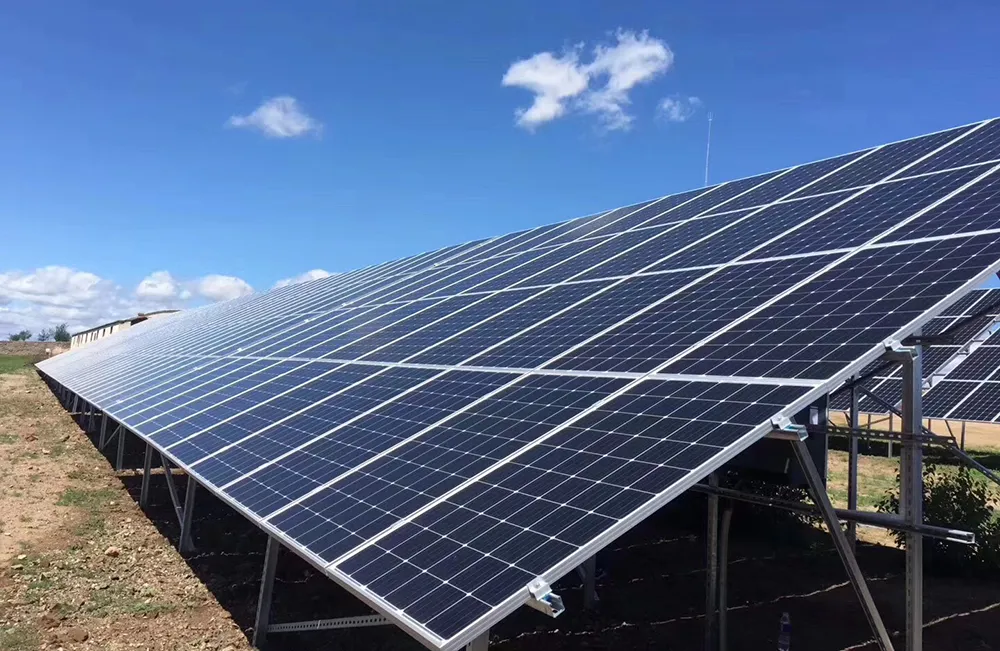The Ultimate Guide to On-Grid Inverters: How They Work and Why You Need One
In the world of solar energy systems, the On-Grid inverter is a critical component that bridges the gap between your solar panels and the utility grid. Whether you’re a homeowner looking to reduce electricity bills or a business aiming for sustainability, understanding how a On-Grid inverter functions can help you make informed decisions about your renewable energy setup. This guide covers everything you need to know about On-Grid inverters, from their basic operation to their benefits and installation considerations.
What Is a On-Grid Inverter?
A On-Grid inverter, also known as a grid-interactive or grid-connected inverter, is a device that converts the direct current (DC) electricity generated by solar panels into alternating current (AC) electricity, which is compatible with the utility grid. Unlike off-grid inverters, On-Grid inverters are designed to synchronize with the grid’s voltage and frequency, allowing excess energy to be fed back into the grid. This enables net metering, where users receive credits or payments for the surplus electricity they generate.
How Does a On-Grid Inverter Work?
The operation of a On-Grid inverter involves several key steps:
- DC to AC Conversion: Solar panels produce DC electricity, which the inverter converts into AC electricity suitable for household appliances and the grid.
- Synchronization: The inverter matches the phase, frequency, and voltage of the grid to ensure seamless integration.
- Power Optimization: Many modern On-Grid inverters include Maximum Power Point Tracking (MPPT) technology to maximize energy harvest from the solar panels.
- Safety Features: Inverters are equipped with anti-islanding protection, which automatically shuts down the system during a grid outage to prevent backfeeding and protect utility workers.
Benefits of Using a On-Grid Inverter
Investing in a On-Grid inverter offers numerous advantages:
- Cost Savings: By feeding excess energy back to the grid, users can significantly reduce or even eliminate their electricity bills through net metering programs.
- Environmental Impact: On-Grid systems promote the use of clean, renewable energy, reducing reliance on fossil fuels and lowering carbon footprints.
- Scalability: These systems are easily expandable, allowing users to add more solar panels as their energy needs grow.
- Low Maintenance: On-Grid inverters have no batteries, reducing maintenance requirements and overall system costs.
Types of On-Grid Inverters
There are several types of On-Grid inverters to choose from, depending on your system’s needs:
- String Inverters: Ideal for residential installations with uniform panel orientation and shading conditions.
- Microinverters: Attached to individual solar panels, these are perfect for systems with partial shading or complex roof layouts.
- Power Optimizers: A hybrid solution that combines features of string inverters and microinverters, optimizing performance panel-by-panel.
Key Considerations When Choosing a On-Grid Inverter
Selecting the right On-Grid inverter involves evaluating several factors:
- Efficiency: Look for inverters with high efficiency ratings (typically above 95%) to minimize energy loss.
- Warranty: Choose models with extended warranties, often ranging from 10 to 25 years, for long-term reliability.
- Compatibility: Ensure the inverter is compatible with your solar panels and local grid requirements.
- Monitoring Capabilities: Advanced inverters offer real-time monitoring via apps or web portals, allowing you to track energy production and consumption.
Installation and Maintenance Tips
Proper installation and maintenance are crucial for optimizing the performance and lifespan of your On-Grid inverter:
- Professional Installation: Always hire a certified installer to ensure compliance with local regulations and safety standards.
- Ventilation: Place the inverter in a well-ventilated area to prevent overheating.
- Regular Inspections: Schedule periodic checks to clean dust and debris and ensure all connections are secure.
- Software Updates: Keep the inverter’s firmware updated to benefit from the latest features and improvements.
Conclusion
A On-Grid inverter is an essential component of any solar energy system connected to the utility grid. It not only converts solar-generated DC power into usable AC electricity but also enables net metering, cost savings, and environmental benefits. By understanding how On-Grid inverters work, their types, and key selection criteria, you can make a well-informed decision that maximizes your investment in renewable energy. Whether you opt for a string inverter, microinverter, or power optimizer, ensuring proper installation and maintenance will help you enjoy reliable, efficient energy for years to come.
Table of Contents
